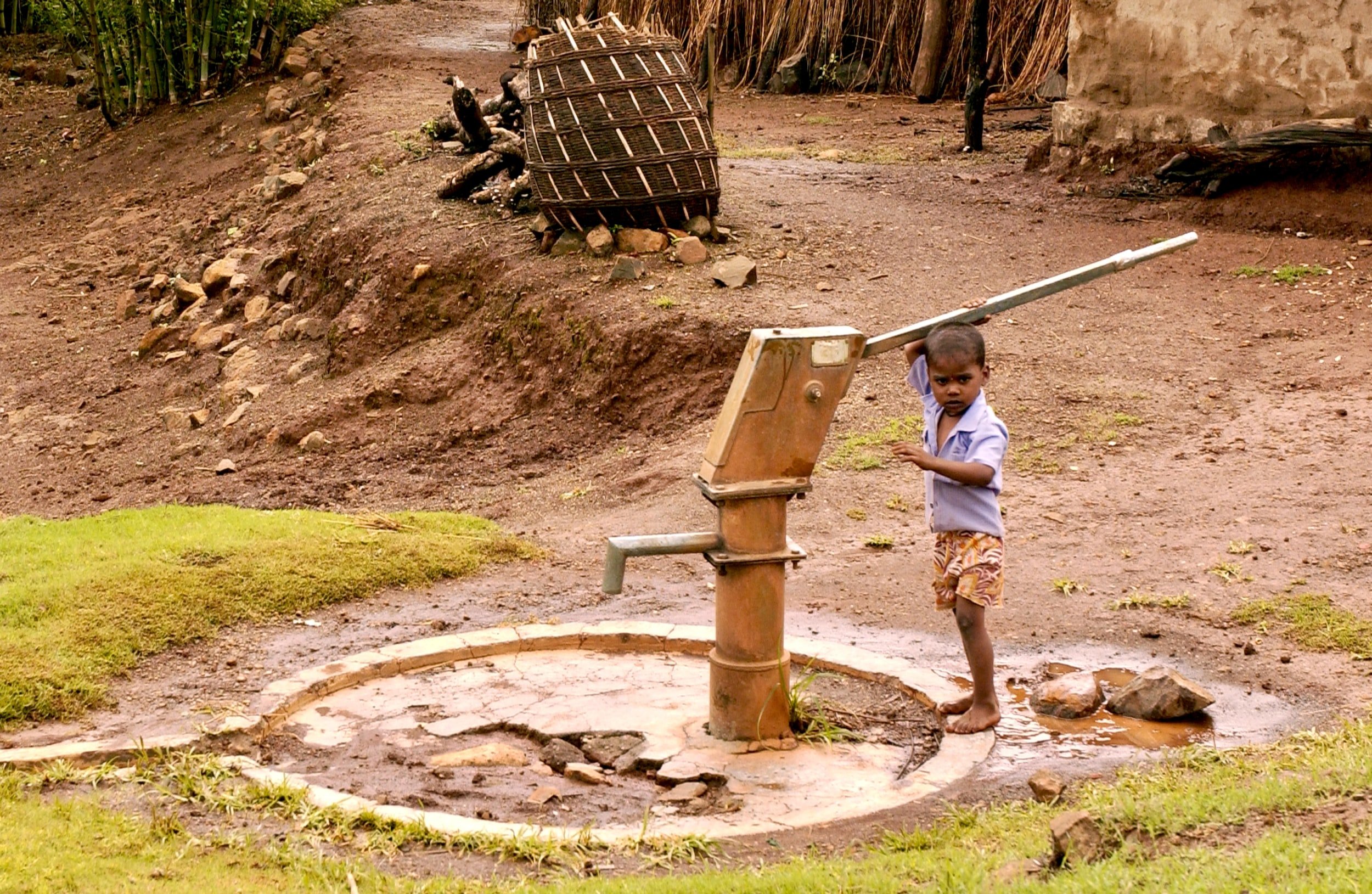World Water Day 2023 theme: Accelerating change to solve the water & sanitation crisis
Thirty years ago today (March 22, 1993) the United Nations created World Water Day to raise awareness and inspire action to tackle the global water and sanitation crisis of 2.2 billion people living without access to safe water.
Girl collecting water in Montanuela, El Paraiso, Honduras
What does the crisis look like?
Water scarcity affects 4 out of 10 people.
Global demand (water withdrawals) is projected to increase by 55% by 2050.
1.4 million people die each year and 74 million have their lives shortened by diseases related to poor water, sanitation, and hygiene.
One in four people – 2.2 billion people worldwide – lack safe drinking water.
Almost ½ the global population – 3.6 billion people – lack safe sanitation.
Globally, 44% of household wastewater is not safely treated.
Women and girls spend an estimated 200 million hours – global daily average – collecting water.
80% of wastewater flows back into the ecosystem without being treated or reused.
90% of all natural disasters are water-related.
A third of the homes in the Navajo Nation do not have running water and now their water rights to the Colorado River are under threat.
Sources for the above come from the United Nations, World Health Organization (WHO), UNICEF, the Organization for Economic Cooperation and Development (OECD), and National Public Radio (NPR).
Hand washing station and emergency supplies being provided to a home with no running water in the Navajo Nation during Covid.
What can I do?
Save water: Take shorter showers and don’t let the tap run when brushing teeth, doing dishes, and preparing food. Plant drought hardy flowers and trees; replace lawns with xeriscaping.
Stop polluting: Don’t put food waste, oils, medicines, and chemicals down toilets or drains.
Eat locally: Buy local, seasonal food and look for products made with less water. Grow your own veggies.
Support Texas Water Mission and other organizations that provide sustainable sources of safe water and health & hygiene education for communities in need.





